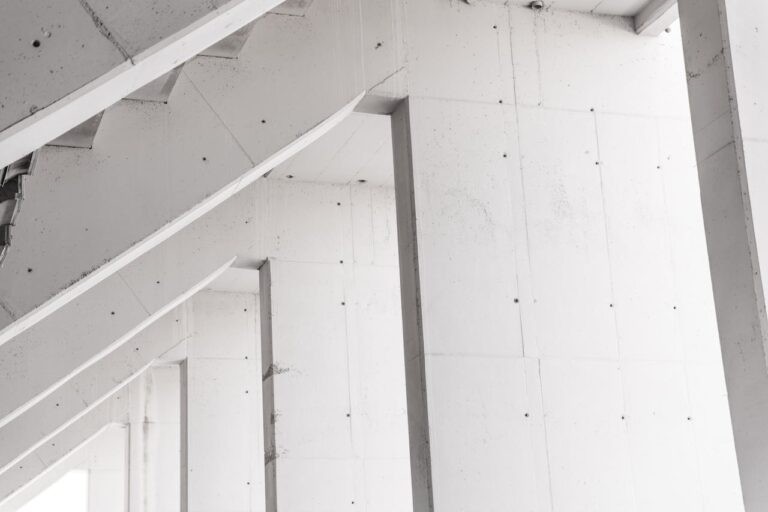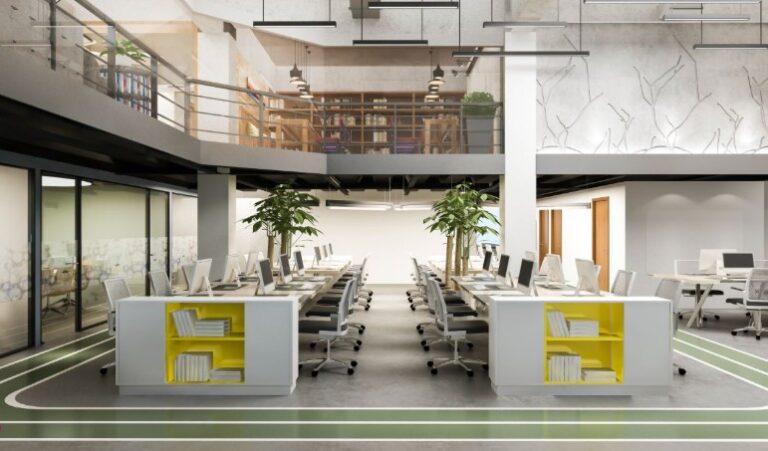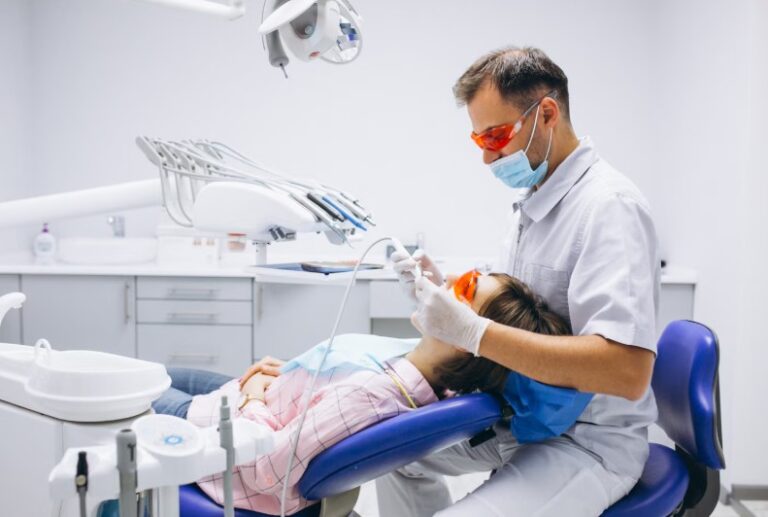
Public spaces are the heart of our communities. From libraries and council halls to transport hubs and community centers, these areas serve as gathering spots where people connect, learn, and carry out important day-to-day activities. But because so many people come and go, these places can also become vulnerable to unwanted visitors pests.
Whether it’s rodents finding their way into storage rooms or insects creeping into cracks and crevices, pests don’t just cause discomfort; they can threaten health, safety, and even the reputation of government-managed spaces. That’s why safe, reliable, and effective pest control isn’t a luxury for public buildings, it’s a necessity.
Why Pest Control in Public Spaces Matters
Imagine walking into your local government office and spotting cockroaches scuttling across the floor. Or picture an important community event being held in a hall plagued by foul odors from hidden rodent nests. These aren’t just unpleasant scenarios; they can erode public trust and raise health concerns.
Public spaces are unique because they often serve people of all ages, including children, seniors, and individuals with compromised immune systems. This makes hygiene and safety absolutely critical. Even a small pest problem can quickly escalate into a public health issue. For example, rodents can spread diseases, while cockroaches are known to trigger allergies and asthma.
Think of pest control in public facilities the same way you think about fire safety protocols: both are preventative measures designed to protect people before problems spiral out of control.
Practical, Real-World Solutions
So, what does effective pest management look like in government buildings and public spaces? It’s not just about spraying chemicals. It’s about creating a layered, thoughtful approach that prioritizes safety, sustainability, and long-term prevention.
- Routine Inspections: Just as vehicles undergo regular servicing, public buildings benefit from scheduled pest inspections. These checks help identify small issues before they grow into major infestations.
- Integrated Pest Management (IPM): Many modern facilities now embrace IPM, which focuses on minimizing chemical use and instead targets the root causes of pest activity. This may involve sealing entry points, managing waste disposal, and maintaining spotless food preparation areas.
- Education and Awareness: Staff training plays a key role. When employees understand how pests get in—say, through propped-open doors or unsealed trash bins—they can take steps to keep the environment safe.
For instance, a community library might introduce staff protocols to ensure food isn’t left behind in study areas. Similarly, in council offices, facilities teams may adopt waste management practices that make the building less appealing to rodents.
Safe Solutions for Everyone
Safety must always be the top priority in public spaces. Chemical treatments may be effective, but they should never compromise the health of visitors or staff. That’s why many pest control providers use low-toxicity products and techniques that target pests while keeping people safe.
Consider how hospitals strike a balance between cleanliness and the need for public access. They often rely on advanced pest control systems designed to work quietly in the background, protecting patients without disrupting care. Government spaces can—and should—adopt the same mindset.
Equally important is environmental responsibility. With growing awareness around sustainability, more facilities are turning to eco-friendly pest control methods. These include traps, heat treatments, and biological controls that reduce reliance on harsh chemicals while still delivering results.
Building Trust Through Action
When people walk into a government facility, they expect it to be safe, clean, and welcoming. Maintaining that trust requires consistent effort. Pest management may not be the first thing visitors notice, but they will definitely notice if it’s lacking.
Think of how a single news story about rats in a city hall can shape public perception. Investing in professional services like Pest Control for Government Buildings helps ensure these spaces remain places where communities feel secure.
And this isn’t just about perception—it’s about compliance. Many government spaces must meet strict health and safety standards. Proper pest management ensures that inspections go smoothly and that facilities remain compliant with local regulations.
A Shared Responsibility
Ultimately, protecting public spaces is a shared responsibility. Facility managers, cleaning staff, and pest control professionals all play crucial roles in maintaining the safety and hygiene of buildings. Even visitors can help by respecting rules about food, litter, and cleanliness.
History reminds us of the significant impact pests have had on human life, from spreading diseases to disrupting economies. By learning from the past and applying modern solutions, communities can avoid these problems and safeguard the places where civic life happens. For more background, consider the history of public health, which demonstrates how prevention and community care have long been intertwined.
Also Read: Top Tips for Finding Affordable and Functional Office Space for Rent
Conclusion
Public spaces reflect the values of a community. Clean, safe, and welcoming buildings demonstrate that a community values its residents and prioritizes their well-being. Pest management might seem like a behind-the-scenes task, but it plays a critical role in making that vision a reality.
By adopting safe, effective, and environmentally responsible pest control strategies, government buildings can remain protected against unwanted pests while continuing to serve the public with dignity and care.








